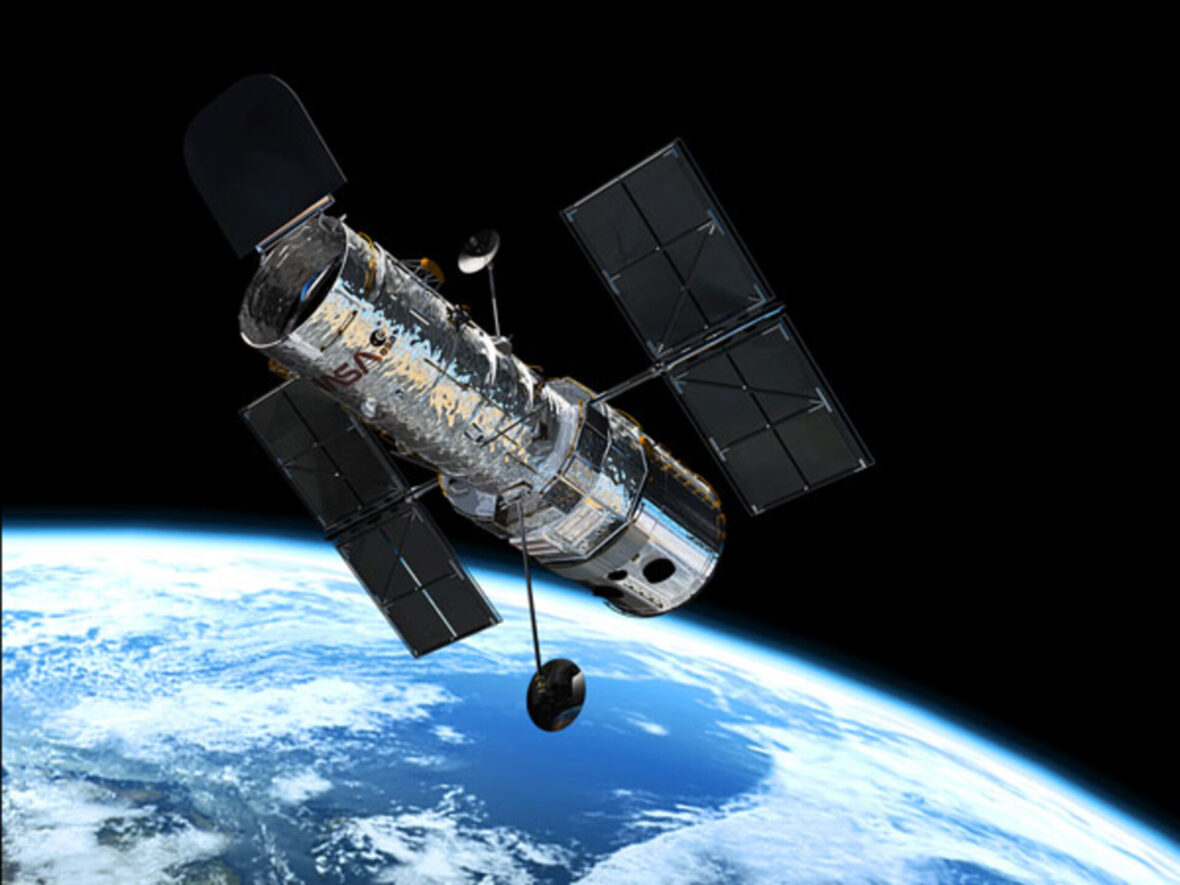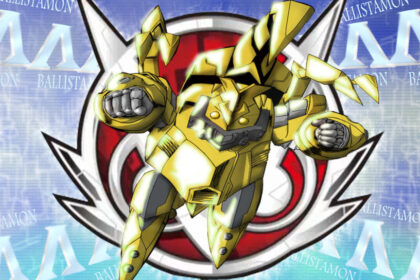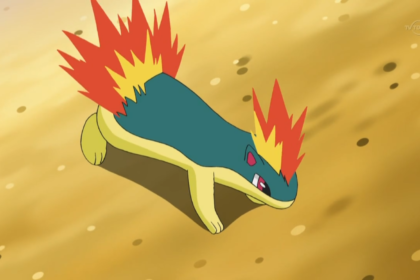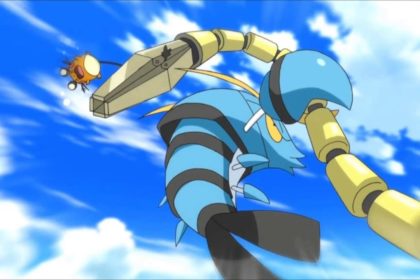The Hubble Space Telescope (HST) is the first sophisticated optical observatory placed into orbit around Earth. It’s entirely above the atmosphere and receives images of much greater brightness, clarity, and detail than ground-based telescopes with comparable optics. Take a look below for 30 interesting and awesome facts about the Hubble Space telescope.
1. The NASA Hubble Space Telescope was named after astronomer Edwin Hubble who studied distant galaxies.
2. Edwin Powell Hubble initially studied law at Oxford, England and practiced it for a year after promising his dying father, even though he already had a degree in mathematics and astronomy.
3. Hubble’s history dates back to the 1940s.
4. In 1946, Lyman Spitzer wrote a paper about the advantages of studying astronomy from space and he presented the idea of a “Large Space Telescope.” The first group began work on this Large Space Telescope in 1974.
5. The Hubble program’s launch was delayed in 1986 after the Challenger space shuttle crashed. Scientists used this time to refine and improve the telescope until its launch in 1990 but it went more than $1 billion over budget.
6. Hubble was launched aboard Space Shuttle Discovery on STS-31 from the Kennedy Space Centre, Florida.

7. It launched on the 24th April, 1990, and was deployed one day later.
8. Upon viewing Hubble’s first images in 1990, NASA scientists were devastated to discover that its main focusing mirror had been polished to the wrong specifications.
9. The telescope became something of a national joke, and a Newsweek magazine cover even branded it the ‘$1.5 Billion Blunder.’ Redemption for NASA had to wait until December 1993, when a crew of spacewalking astronauts installed an instrument known as COSTAR, which used tiny mirrors to offset the glitch.
10. Hubble is a joint international project between NASA and the European Space Agency.
11. The Hubble is in orbit beyond our atmosphere to get a clearer picture than Earth telescopes can capture.
12. It detects visible, near-infrared, and ultraviolet light.
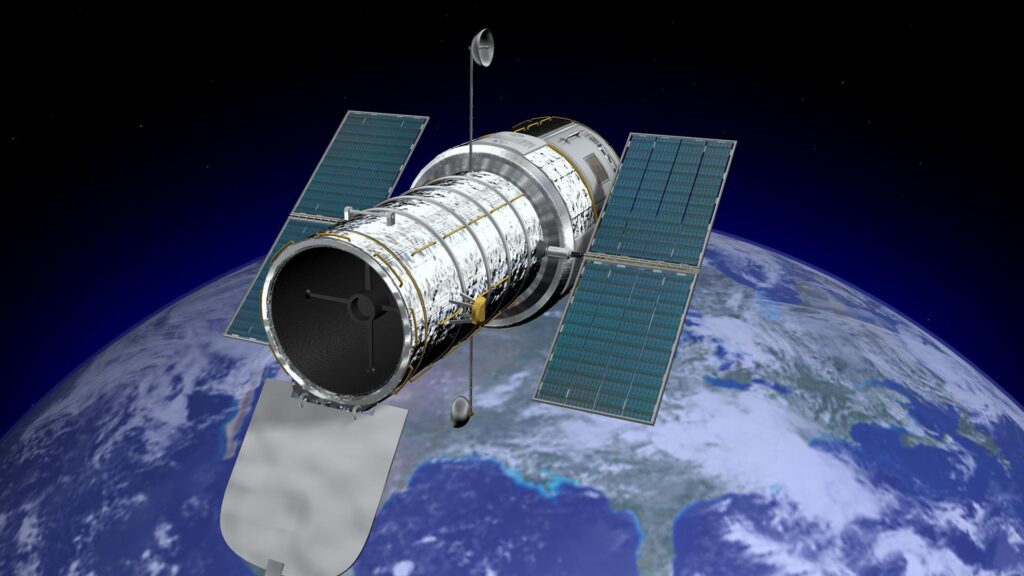
13. The Hubble Space Telescope is extremely accurate, it’s able to lock onto a target without moving over 7/1000th of an arcsecond, the width of a human hair seen 1 mile away.
14. The HST weighs 11 tonnes and is 13.2 metres long.
15. Hubble is one of NASA’s four Great Observatories. The other three are the Compton Gamma Ray Observatory, the Chandra X-ray Observatory, and the Spitzer Space Telescope.
16. Hubble travels at a speed of 17,500 miles/27,300 kilometres per hour as it orbits Earth. It takes approximately 95 minutes to complete one trip around Earth.
17. Hubble orbits Earth about 340 miles/547 kilometres above its surface.
18. It has orbited Earth over 175,200 times in its 30 years of operation.
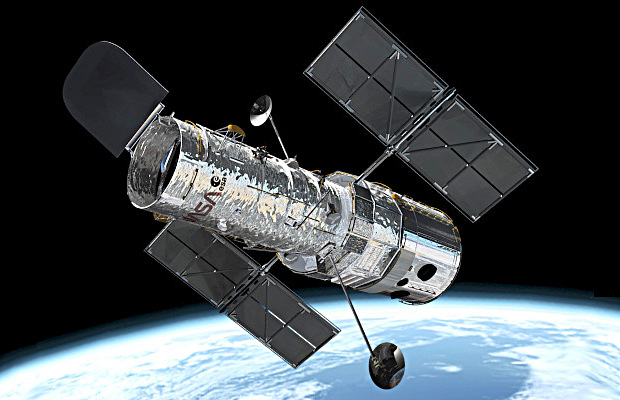
19. Hubble has no thrusters. To change angles, it uses Newton’s third law by spinning its wheels in the opposite direction. It takes 15 minutes to turn 90 degrees.
20. The Sun powers Hubble through solar cells on each winged array. Some of that power is reserved when Hubble is in Earth’s shadow.
21. There have been five missions to upgrade the Hubble Space Telescope after its launch.
22. The closest object observed by Hubble is the Moon.
23. The farthest star Hubble has observed is called Icarus and it is about 5 billion light-years away. One light-year is about 6 trillion miles or 9 trillion kilometres.
24. Due to the combination of optics and sensitive detectors and with no atmosphere to interfere with the light reaching it, Hubble can spot a single night light on the surface of the Moon.
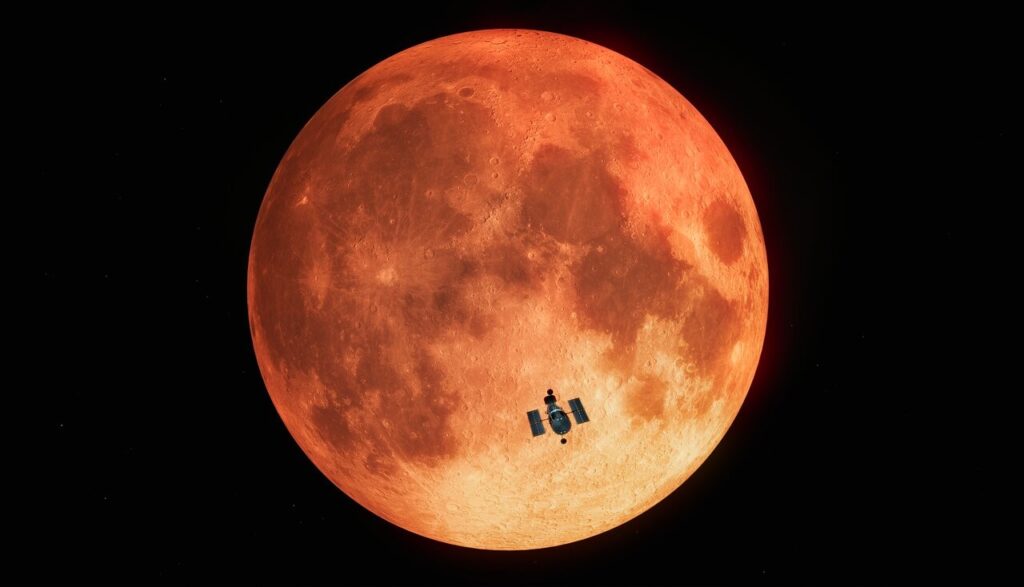
25. The farthest galaxy Hubble has observed is 13.3 billion light-years away, the galaxy MACS0647-JD.
26. Thanks to Hubble and the European Space Agency’s Gaia space observatory, it has been calculated that the universe is approximately 13.8 billion years old.
27. We have learned that black holes are at the centre of almost every major galaxy from observations from Hubble.
28. Hubble cannot take images of Earth as it is orbiting too fast for the camera’s exposure time.
29. Hubble’s images that are sent back are in black and white. The color images are made by combining two or more black and white exposures through coloured filters.
30. Hubble can help determine the atmosphere and makeup of exoplanets, which are planets outside our solar system. This can help address whether distant planets may be able to support life.

